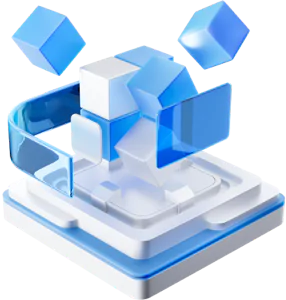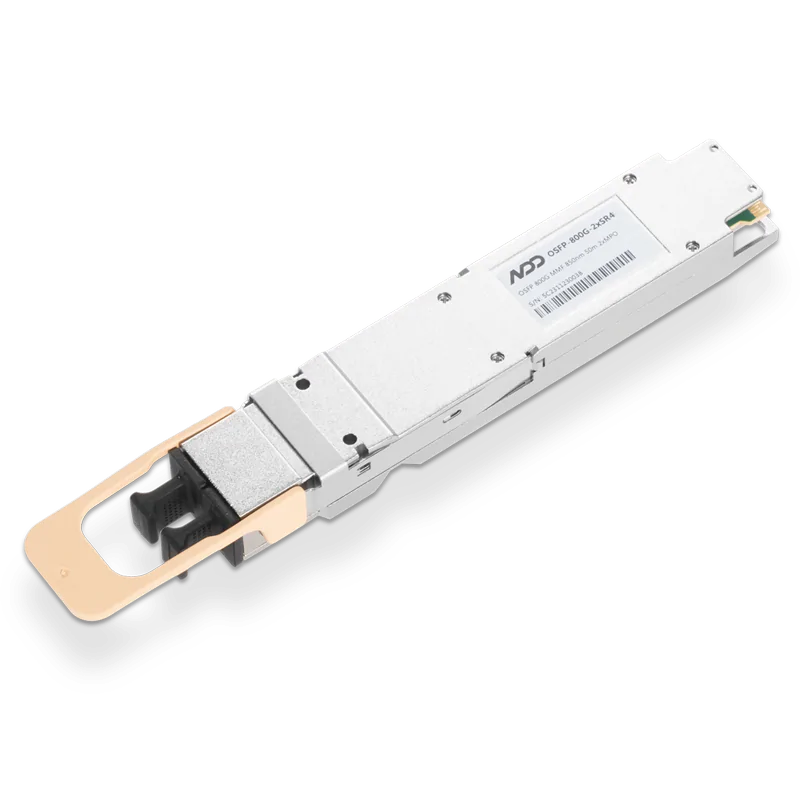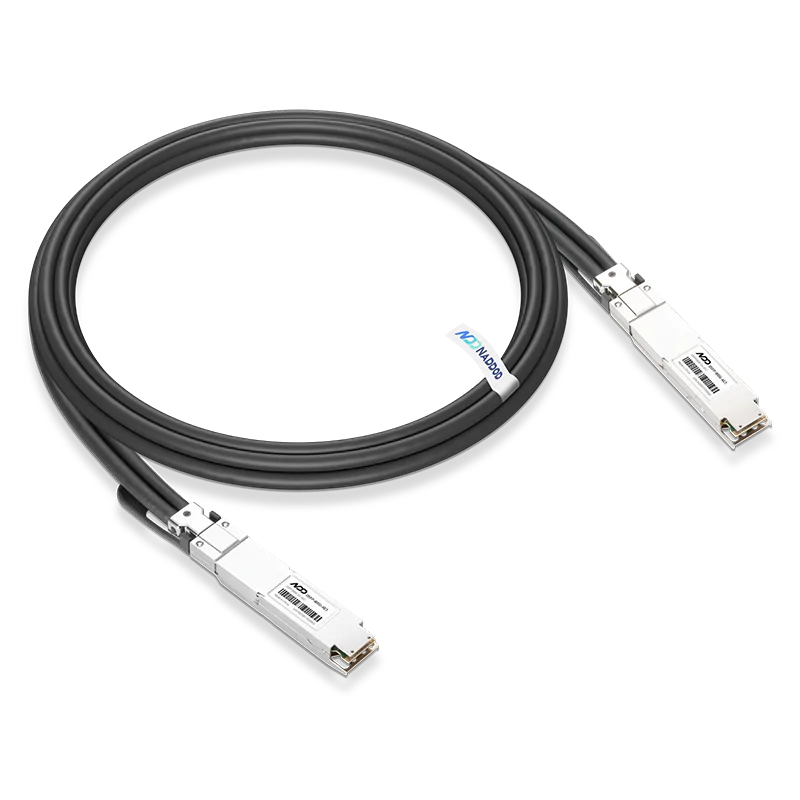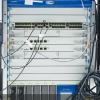The network has shortened the distance between people and the world, and the network has also redefined the relationship between people. In our daily lives we always have to deal with the network, and will often come into contact with the patch cable, broadband the two terms, what is broadband? And what is the patch cable? What is the difference between them? This article will tell you in detail.
What is Broadband
Broadband (Broadband) is an abstract description, does not represent the physical. Generally speaking, broadband is the bandwidth needed to transmit information over the network by electronic devices that people can perceive. Nowadays, broadband is defined as the downstream speed, i.e., the download speed from the network is adjusted from the original 4Mbps to 25Mbps, while the upstream speed, i.e., the upload speed of the computer is adjusted from the original 1Mbps to 3Mbps. there are two types of transmission channels for broadband, i.e., ordinary broadband transmitted by copper cable and fiber optic broadband transmitted by quartz.
What is a Patch Cable?
Patch cable, the most commonly used transmission medium in network cabling, is a standard 4-pair, 8-core cable, each pair consisting of two copper wires with an insulating protective layer. All Category 5, Super Category 5, Category 6, Super Category 6, Category 7, Category 8 and other network patch cords can be collectively referred to as patch cables. Different levels apply to different broadband, broadband below 100 megabytes can be used with Category 5 and above patch cables, more than 100 megabytes of broadband must use Category 6 and above patch cables, if not the right number to sit, is unable to play the full performance and rate of broadband.
The Difference Between Broadband and Patch Cable
USB to RJ45 Gigabit NIC is a solution to connect network devices of Windows, MAC, Vista, Linux and other systems to Gigabit Ethernet using USB interface. It provides additional Gigabit Ethernet ports for business and home users’ network devices, and the transmission rate can reach 5Gbps or even 10Gbps.
- Different ature
Broadband and patch cable are two different objects with different properties, they are essentially different from each other, broadband is an abstract concept, indicating a dynamic rate of information transmission, while the patch cable is a medium, is the carrier of information transmission. - Different roles
The role of broadband is to transmit different rates of network information. patch cables are used to connect devices to each other and improve the efficiency of network information transmission between devices. - Different ways of existence
Broadband exists in a virtual way, without a physical object. A patch cable is an actual cable that has a concrete form.
Applications of Broadband and Patch Cables
Broadband is mainly used in broadband communication, which relies on fiber optic communication network to provide users with interactive multimedia information of video, graphics, text, communication and data. There are many scenarios that can be applied, such as: voice gateway, intelligent community, telemedicine, work conference video, home banking, remote video monitoring, network interactive games, video on demand, etc.
Patch cable is an essential material for today’s network integrated cabling, patch cable can be used for network connections, cabling projects, termination between devices or horizontal subsystems, equipment ports and modular patch cord system connections, such as: connecting telecom broadband ADSL MODEM and wireless routers, switches, hubs, firewalls and other devices between the LAN interface channel computer’s network card interface, etc… Therefore, from small to home networks, office premises, large to local area networks, metropolitan area networks, can be used for patch cables.

 800GBASE-2xSR4 OSFP PAM4 850nm 50m MMF Module
800GBASE-2xSR4 OSFP PAM4 850nm 50m MMF Module- 1The Difference Between Optical Transceivers and Switches
- 2Difference Between HBA, NIC and CNA
- 3400G Optical Module Application Scenarios
- 4Introduction to Open-source SONiC: A Cost-Efficient and Flexible Choice for Data Center Switching
- 5OFC 2025 Recap: Key Innovations Driving Optical Networking Forward






























